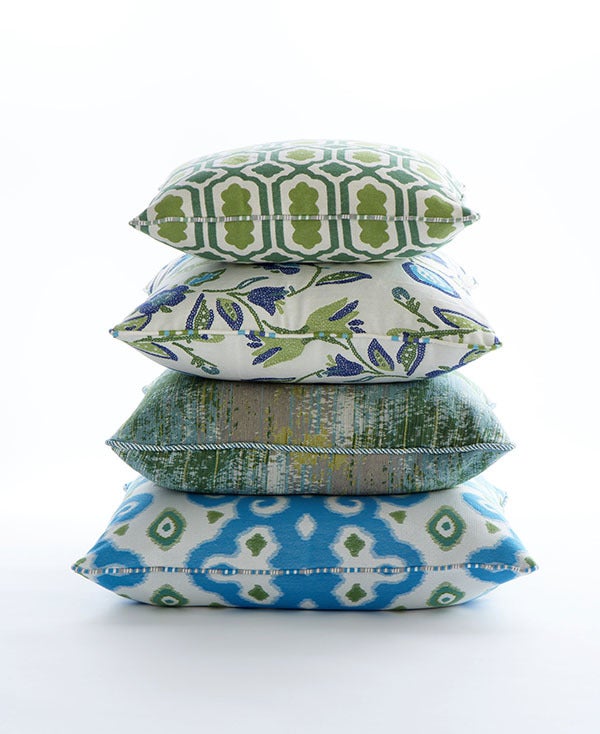The latest performance textiles, by the numbers.

Fashion has athleisure; interior design has performance fabrics. Kate Hudson has done her part to make fitness very, very cool—or at least encouraged people to dress as if the idea of the gym had crossed their minds. Ironically, it was stretch denim that spurred a collective desire for fabrics that worked with us, not against us. Shortly after dry-wicking debuted, high-endurance nylon and abrasion-resistant fabrics made their appearances. All the characteristics that sell running shorts, barre leggings and cozy cotton hoodies priced into the triple digits were heralded as groundbreaking and essential for every workout. Spoiled by these obedient microfibers, the population now expects versatility in every stitch, from pajamas to car seats.
If athletic wear represents the height of material snobbery, where is the praise for an overachieving class of performance textiles meant for residential interiors?

BOH subscribers and BOH Insiders.









































